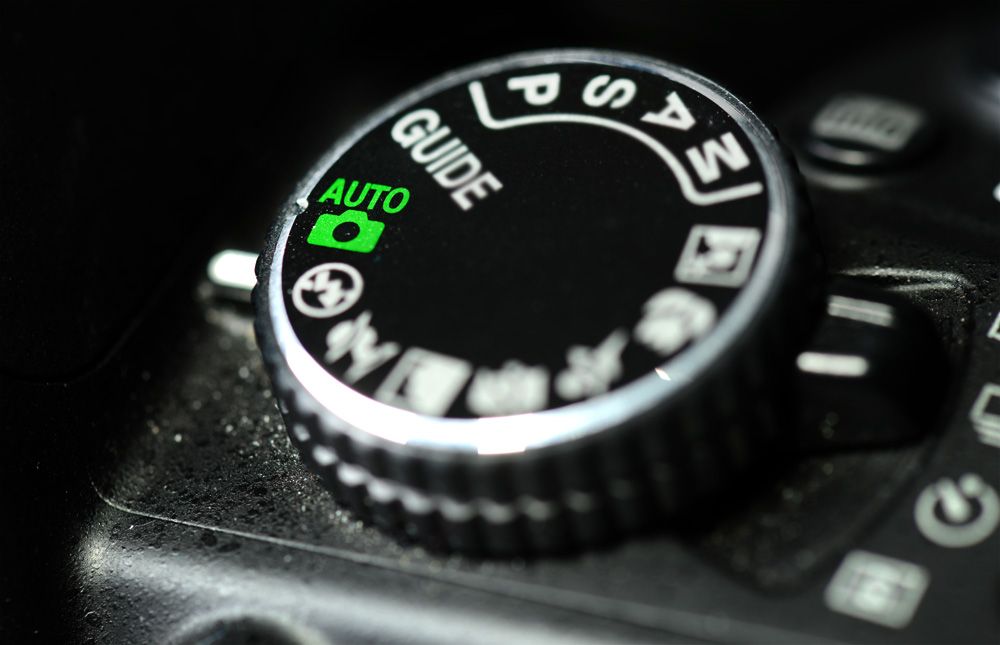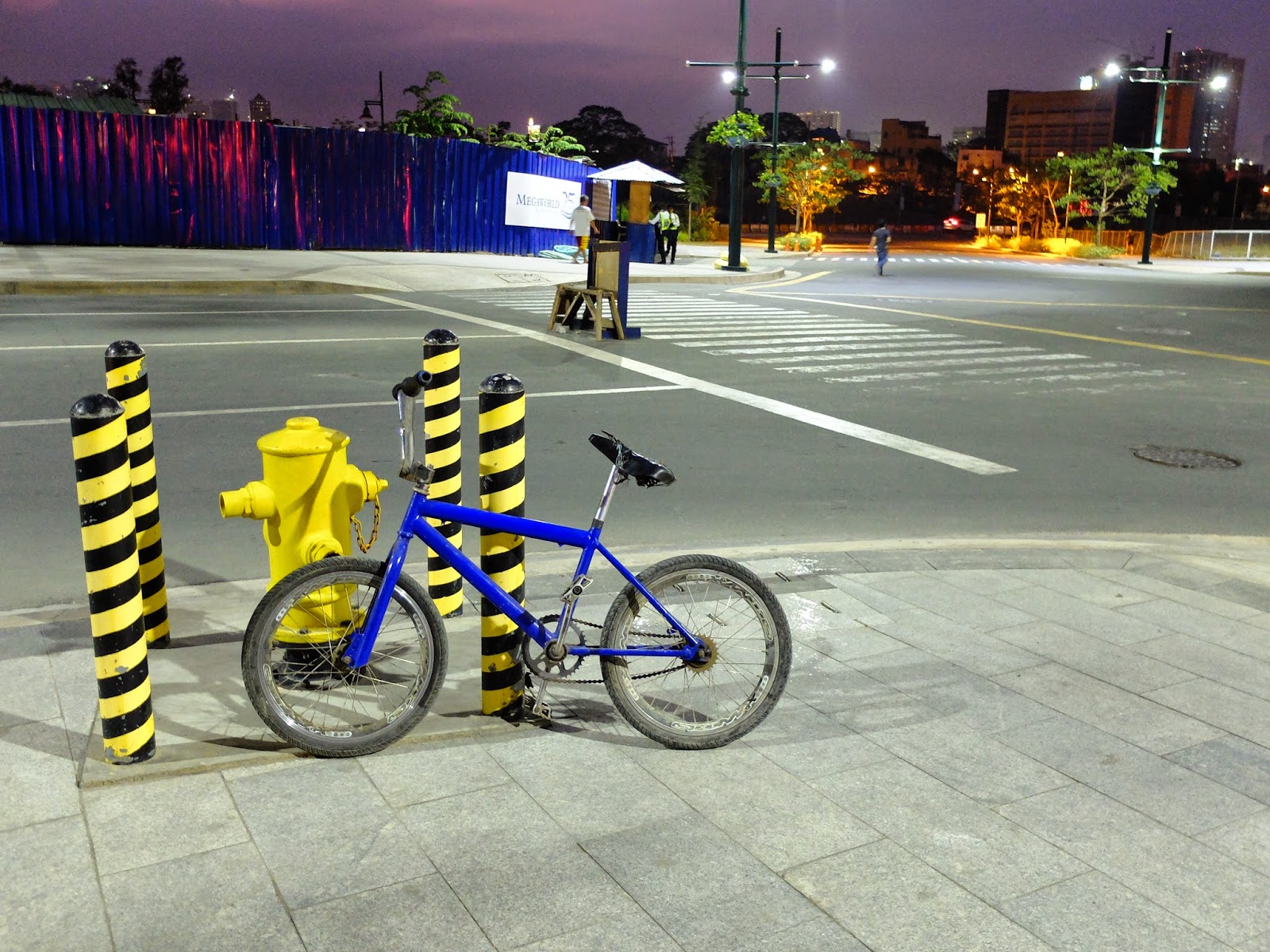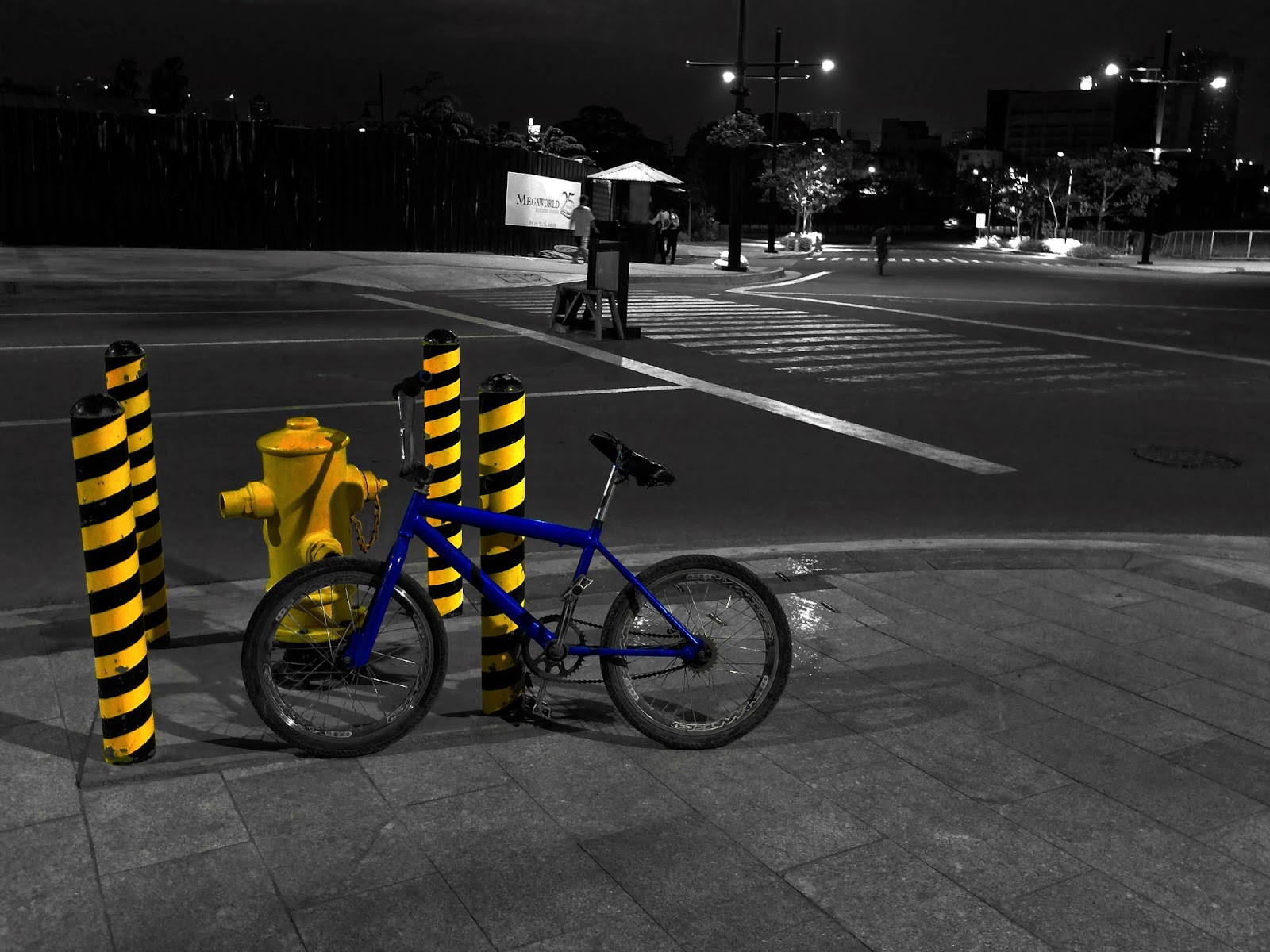This divide has drawn the line between what netizens deem as a photographer and your traditional run-of-the-mill camera wielding coffee shop snob who carries around his expensive camera as a conversation piece.
I agree with the idea that anyone willing to take the plunge into photography SHOULD learn what their camera can do by maximising all settings to affect changes in a shot. But what is with all the beef about Full Auto Settings?
Camera manufactures nowadays are using this setting (or the lack of it) as a new marketing tool for their mid-level, pro-level brands.
Camera manufactures nowadays are using this setting (or the lack of it) as a new marketing tool for their mid-level, pro-level brands.
The mentality nowadays is that a "mid-level" or "pro-level camera" doesn't need an auto function because the target market has outgrown the use of it, or never needed it in the first place. Any self-loving "pro" or "experienced" photographer would rather die than be caught shooting Auto. It is a complex that many of us go through towards our maturation into photography adulthood.
 |
| "You went Full Auto. Never, go Full Auto" |
Here are 5 reasons why to go Full Auto
1. When you need a picture of yourself and you're not doing the shooting.
So you purchase your brand new PRO-level-Auto-settings-is for-pussies-no-joke camera and start rocking the portrait world with crisp images and out-of-focus backgrounds.
You're having so much fun that you want to capture the moment with you in it and ask your subject to take a picture of you with your bazooka-sized photo capturing machine.
switching your camera to auto is the best way to get great pictures from people holding your camera. Face it. when you ask a person to take your picture, whether he be your model, security guard, waiter, mascot or even your tour guide, odds are he doesn't know how to operate your camera and has little interested in capturing an upload-worthy photo of you.
So you purchase your brand new PRO-level-Auto-settings-is for-pussies-no-joke camera and start rocking the portrait world with crisp images and out-of-focus backgrounds.
You're having so much fun that you want to capture the moment with you in it and ask your subject to take a picture of you with your bazooka-sized photo capturing machine.
 |
| And like any bazooka smothers you with 75 megapixels of "out-of-focus" |
switching your camera to auto is the best way to get great pictures from people holding your camera. Face it. when you ask a person to take your picture, whether he be your model, security guard, waiter, mascot or even your tour guide, odds are he doesn't know how to operate your camera and has little interested in capturing an upload-worthy photo of you.
2. Auto gives you a safety net
As mentioned in a previous post, light can be a tricky thing to deal with. It's either there or not, and when it is, it's usually on all the wrong places. Full Auto can save you a few disasters by serving as a safety net for these tricky situations.
If you aren't 100% sure of the shot you took. take 1 or 2 in auto before you leave. That way, you can rest assured that you have taken an evenly lighted image as seen by your camera's IQ, which leads us to;
As mentioned in a previous post, light can be a tricky thing to deal with. It's either there or not, and when it is, it's usually on all the wrong places. Full Auto can save you a few disasters by serving as a safety net for these tricky situations.
If you aren't 100% sure of the shot you took. take 1 or 2 in auto before you leave. That way, you can rest assured that you have taken an evenly lighted image as seen by your camera's IQ, which leads us to;
3 Understand your Camera's IQ
Camera IQ can be defined as the way its manufacturers program how the camera it measures light and sharpness and what should be in focus. Full Auto gives the camera the most freedom to decide on how to take the shot in a frame.
Putting a Camera in full auto is the closest thing we have to making the camera a sentient being, which is probably why many "PRO" photographers fear it so much.
The best way to understand your camera is to know how it thinks. and putting it on auto will give you an idea of how it interprets scene after scene. You can learn a lot from looking at full-auto shots from your camera which could save you a whole photo album of camera disasters in the future.
Each camera handles differently because of difference in their IQ. With a few shots on auto, you get a firm idea of how the camera "thinks" and you can make adjustments to them accordingly when shooting Manual.
Camera IQ can be defined as the way its manufacturers program how the camera it measures light and sharpness and what should be in focus. Full Auto gives the camera the most freedom to decide on how to take the shot in a frame.
Putting a Camera in full auto is the closest thing we have to making the camera a sentient being, which is probably why many "PRO" photographers fear it so much.
 |
| The moment humanity ended and Skynet took over |
The best way to understand your camera is to know how it thinks. and putting it on auto will give you an idea of how it interprets scene after scene. You can learn a lot from looking at full-auto shots from your camera which could save you a whole photo album of camera disasters in the future.
Each camera handles differently because of difference in their IQ. With a few shots on auto, you get a firm idea of how the camera "thinks" and you can make adjustments to them accordingly when shooting Manual.
4 When you absolutely need to capture that moment
So you were assigned to photograph a war and you find the perfect frame of a man pointing am AK47 at your direction. You bring out your camera and what do you do next? Do meter the light? should you go all shutter priority on him or is background blur better for this instance?
Okay, realistically speaking, how many of us will photograph a war, or even try to quickdraw an AK47 with a camera. The point here is that these moments can see full auto as the best choice when having to capture a fleeting moment.
The best shots present themselves at the worse times. If you are like some of us normal folk, we don't always strap on our camera and prowl the streets as we walk to work. When a shot presents itself, we have a limited time to react and prepare. Sometimes, the only option you have is to pull out your camera from your bag, switch in on auto and then take that shot.
If you have more time after that, feel free to go all manual on the moment with the assurance that you got one safety shot
So you were assigned to photograph a war and you find the perfect frame of a man pointing am AK47 at your direction. You bring out your camera and what do you do next? Do meter the light? should you go all shutter priority on him or is background blur better for this instance?
Okay, realistically speaking, how many of us will photograph a war, or even try to quickdraw an AK47 with a camera. The point here is that these moments can see full auto as the best choice when having to capture a fleeting moment.
The best shots present themselves at the worse times. If you are like some of us normal folk, we don't always strap on our camera and prowl the streets as we walk to work. When a shot presents itself, we have a limited time to react and prepare. Sometimes, the only option you have is to pull out your camera from your bag, switch in on auto and then take that shot.
If you have more time after that, feel free to go all manual on the moment with the assurance that you got one safety shot
5 A convenient benchmark for your shot
We often begin our road in photography copying shots we see. We draw inspiration from the best works of art until we eventually forge our own identity. This is not utter plagiarism but a mere form of benchmarking to measure how far we have come.
Starting out, you can set your own benchmark based on your camera's IQ. By comparing your shots done manually with one done at full auto, beginners, or even seasoned veterans with a brand new camera can measure their shots compared with how their camera sees the world.
When I began starting out in photography, I often checked the difference between a full auto shot and a manual shot to see how far I was in terms of the camera's IQ so that I can eventually exceed it. There is no better feeling than knowing that you have full control over your camera giving you the authority to impose your will on your camera and not the other way around.
 |
| It's not plagiarism, I was merely benchmarking |
Starting out, you can set your own benchmark based on your camera's IQ. By comparing your shots done manually with one done at full auto, beginners, or even seasoned veterans with a brand new camera can measure their shots compared with how their camera sees the world.
When I began starting out in photography, I often checked the difference between a full auto shot and a manual shot to see how far I was in terms of the camera's IQ so that I can eventually exceed it. There is no better feeling than knowing that you have full control over your camera giving you the authority to impose your will on your camera and not the other way around.
A real seasoned photographer knows how to use the tools that are given to him and full auto should not be seen as a hindrance, but more of a feature that can be used when the situation calls for it.




























.jpg)
.jpg)
.jpg)